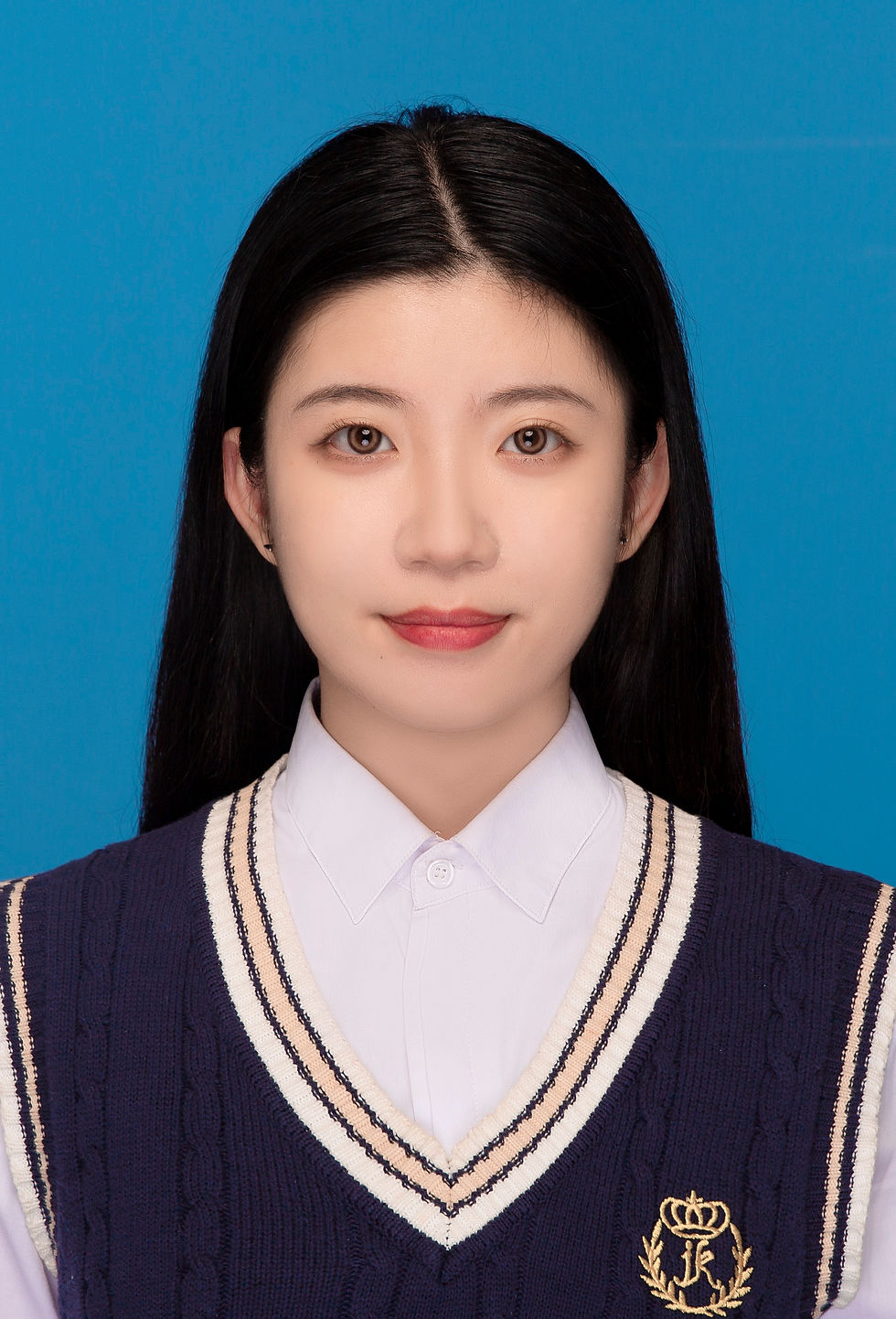Jennifer Bergmark
- Česká sekce INSEA

- Jun 29
- 3 min read
4.5 Community Arts, Public Engagement, Collective Care, and Advocacy (Paper)

Jennifer Bergmark – School of Art & Design, University of Illinois, USA
Abstract:
Community-based art and community-based art education include artists, educators, teaching artists, and cultural workers who provide art experiences to participants outside of traditional K-12 schooling and arts institutions. These experiences provide self-motivated inventive learning; art instruction to students with limited access to art; create relationships or connections to a place or community, and create spaces for expressions of identity, care, and advocacy. Community arts programs meet the needs of a wide range of communities and provide programming specific to LGBTQ+, people with disabilities, children who are hospitalized, immigrant communities and more. Community-based art programs include a dynamic and broad field that intersects studio art, education, museum education, library programming, art centres, and interactive experiences. The history of community arts practices has roots in the settlement houses and providing educational opportunities to immigrant communities. With the educational turn in contemporary art and the evolving field of socially engaged art there is renewed interest in community arts practices and embracing the role of artist as cultural worker or educator. Community workers, teaching artists, and art educators work within communities to develop public art projects and collaborations to investigate the role of the arts in revitalizing communities through civic engagement, collective care, and advocacy. This work requires and ethics of care to consider community assets, social justice goals of community arts work, and the importance of critical listening to participants at all levels including participants and community members. With increasing instability in the environment and an increase in displacement due to war and conflicts, community arts practitioners need to be positioned to address the needs of diverse communities and an increase in immigrant communities within the United States and across the globe. There is great potential for these programs to inform and expand the field of art, creative practice, and art education.
7.1 Retracing the Lines of Ruth Asawa: A Historical Re-Framing of Asawa’s Community Arts and Advocacy (Paper)
Jennifer Bergmark – School of Art & Design, University of Illinois, USA
Abstract:
Ruth Asawa’s sculptures are undulating forms of intricately woven wire, lines that are entangled and connected. Asawa’s experiences growing up on a farm, her internment as a Japanese American during WWII, her educational experiences at Black Mountain College, her creative practice, mothering six children, creating a community arts program, and advocating for education through artists-in-the schools programs are deeply entangled in the formation of Asawa’s understandings of the purpose of art and her belief that it should be accessible to all. A historical reframing (Kantawala, 2020) of her creative practice, community work and personal investment in the Artists-in-Schools program provides a framework for understanding art education beyond individual exceptionalism to community engagement and community care while supporting and preserving cultural identities. This reframing engages with a feminist narrative lens (Keen, 2015) to discuss Asawa’s own concept of art in the everyday as an embodied lived-curriculum (Aoki, 2003, Pinar et al., 1995).
Revisiting Asawa’s community art as a socially engaged practice attempts to frame museum work and her community arts work as part of a holistic creative practice. Her investment of time in community arts reveals a multi-pronged creative practice that informed one another and carried equal importance in Asawa’s life. Her work presents an invitation for art education to move away from a definition of art that is focused on individual exceptionalism towards a value system based in public engagement and community care. Artists-in-schools not a threat, but an asset to increase equity through expanded narratives, connections to the community that create access and participation, and art projects that can transform environments through visual and experiential interventions. Retracing Asawa’s narrative is an invitation to reconsider where art education is today and the role relationships between contemporary artists and schools might have in reconnecting schools to the community (Adejumo, 2010).



Comments